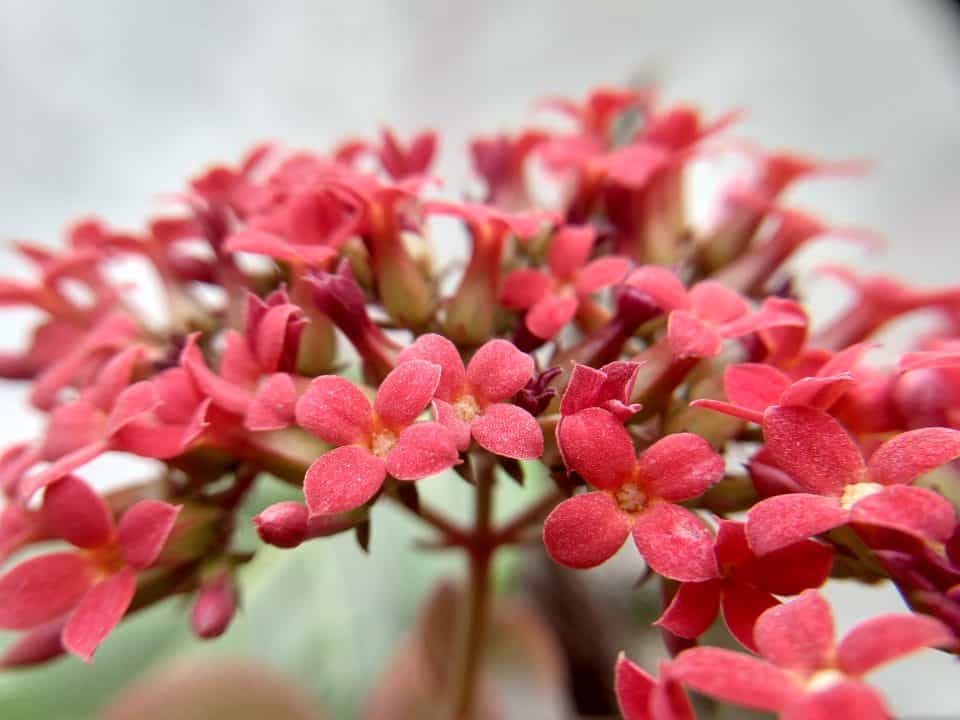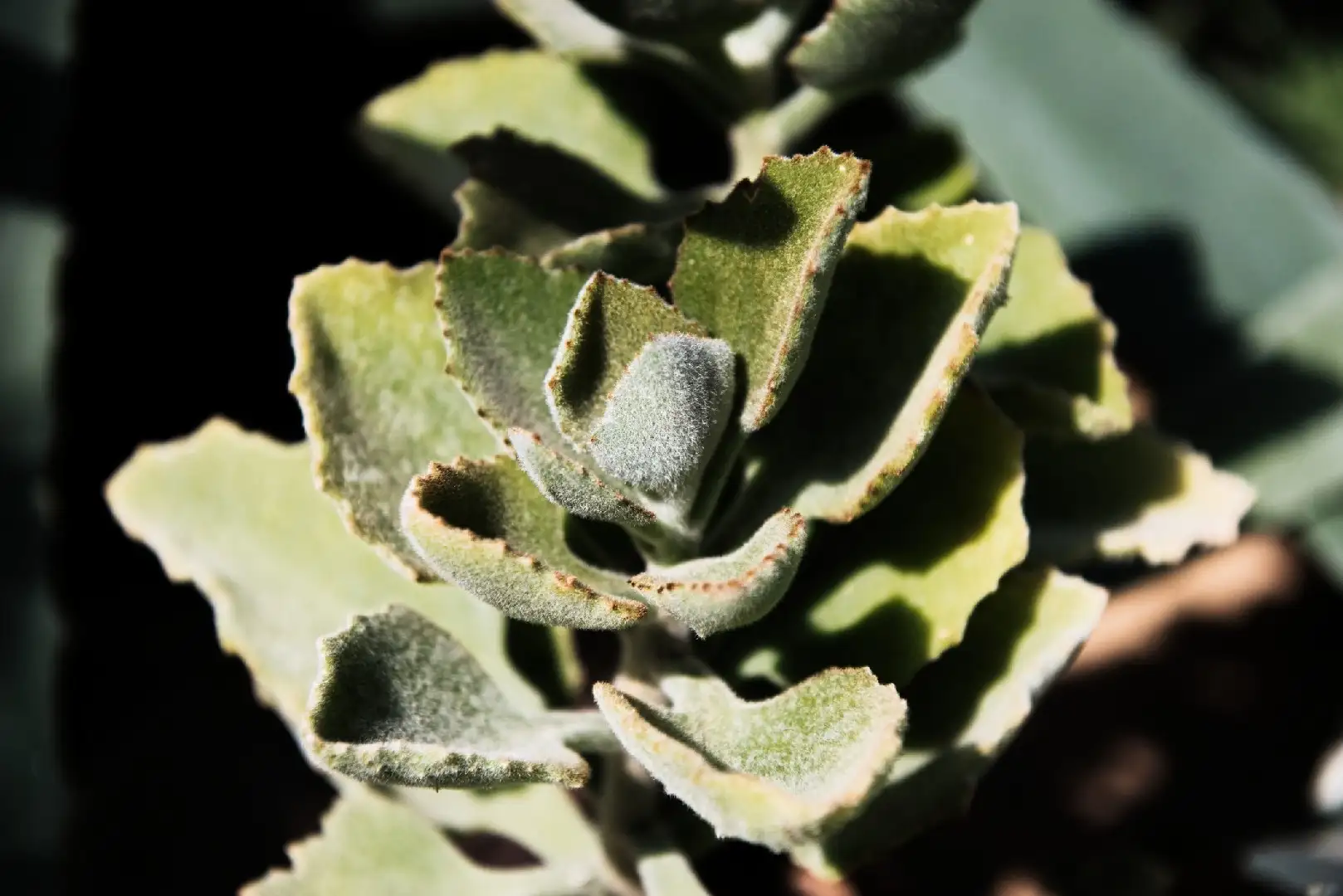Kalanchoe luciae, also known as the flapjack succulent, paddle plant succulent, or just kalanchoe flapjacks, is native to Madagascar, but it can be grown in most other regions of the world with relative ease.
The flapjack plant is one of the most unique succulents around, featuring large leaves that look like giant, green pancakes. This winter-hardy succulent thrives indoors and out in full sunlight, but they’re not too fussy about soil conditions or watering schedules.
Origin and distribution
Kalanchoe luciae is a native of Madagascar. It is a member of the Crassulaceae family and is closely related to the Jade plant. The Kalanchoe flapjack succulent gets its name from its paddle-shaped leaves. These plants are found in dry, rocky areas and can tolerate long periods of drought.
They grow well indoors as well as outdoors but require protection from frost. Paddle plant succulents have a distinctive patterning on their paddle-shaped leaves that resembles pancakes. When you see these plants in stores they typically come with all their leaf tips pinched off to resemble this shape.
The paddle plant succulent has a very striking coloration that adds to its appeal. Its paddle-shaped leaves give it a unique look compared to other types of succulents, which makes it an interesting addition to any home or garden.
Kalanchoe luciae propagation

Kalanchoe flapjacks are easy to propagate from stem or leaf cuttings. To take a stem cutting, use a sharp knife or pair of scissors to remove a 3 to 4 inch piece from the end of a healthy stem. Remove the bottom leaves so that only two or three leaves are left on the cutting. Allow the cutting to callus for a few days before potting it in well-draining succulent soil.
Water lightly and wait for new growth to appear before watering again. Place them outside in summer and bring them inside when night temperatures drop below 50 degrees Fahrenheit. Flapjacks do not tolerate frost but can be grown indoors year-round as long as they receive bright light for at least 12 hours per day.
They will grow slowly during the winter months but should resume their normal rate of growth when spring arrives.
Kalanchoe luciae care information

Kalanchoe luciae, or flapjack succulent, is an interesting and relatively easy plant to grow. It’s succulent, so it doesn’t need much water, and it’s tolerant of a wide range of light conditions. The biggest thing to watch out for is overwatering, which can cause the plant to rot. When watering, allow the soil to dry out completely before watering again.
Light requirement
This plant does best in bright, indirect sunlight. If you live in a hot climate, it’s best to keep this plant out of the direct sun to prevent scorching. They can tolerate some shade but will stretch if not given enough light. If your plant is looking leggy, it’s probably not getting enough light. Consider moving the plant or bringing it closer to a window that gets more light.
Soil/potting mix
A well-draining potting mix is key for Kalanchoe luciae, as they are susceptible to root rot. A cactus or succulent potting mix will do the trick, or you can make your own by mixing together one part perlite or sand with two parts of regular potting soil.
Be sure to water your plant only when the soil is dry to the touch – overwatering is one of the quickest ways to kill a Kalanchoe luciae.
Watering
Kalanchoe Luciae plants are drought tolerant and only need to be watered every 2-3 weeks. Allow the soil to dry out completely before watering again. During the winter, water is even less frequent, only once a month.
They are susceptible to root rot, so make sure the pot has drainage holes and don’t let the plant sit in water. Keep it indoors during the winter months and avoid drafts.
Fertilizer
One of the great things about Kalanchoes is that they are not heavy feeders. In fact, over-fertilizing can be detrimental to their health, so it’s best to err on the side of caution. A light application of a balanced fertilizer every other month is plenty.
If you notice the leaves starting to yellow or brown, that’s a sign that you’re fertilizing too much. When in doubt, don’t fertilize at all.
Temperature
The Kalanchoe Luciae is a tough plant that can tolerate a wide range of temperatures, from freezing cold to searing hot. However, it’s important to keep an eye on the temperature if you’re growing this plant indoors, as sudden changes can shock the plant and cause it to drop its leaves.
The ideal temperature range for this plant is between 65 and 75 degrees Fahrenheit. During the hottest months, they will appreciate some afternoon shade to prevent scorching. These succulents are not frost-tolerant and should be protected from cold weather.
Humidity
These plants like it on the drier side, so they don’t need much humidity. In fact, too much moisture can lead to root rot, so it’s best to err on the side of caution. Water when the soil is dry to the touch and let the plant dry out completely before watering again.
If you live in a particularly humid climate, you can grow your plant in a pot with drainage holes to help reduce the risk of root rot.
The ideal humidity range is 50-60%. Placing the pot on top of the pebbles will help increase humidity levels. It’s also important to avoid wetting the leaves as this may cause mold or leaf spot diseases to form.
Pruning
The Kalanchoe Luciae, or Flapjack succulent, is a beautiful and unique plant that’s easy to care for. If you want to keep your plant looking its best, you’ll need to prune it regularly. Pruning is simple, just cut off any dead or dying leaves.
You can also trim back any leggy growth to encourage a fuller, more compact plant. It will take some time before the new growth starts sprouting up again. Your patience will be rewarded with an even bushier, healthier-looking kalanchoe!
When to repot

Repotting should be done every two to three years, or when the plant becomes pot-bound. Kalanchoes are fast growers and will quickly outgrow their pots. Choose a pot that is only one size larger than the current pot. Be sure to use a well-draining succulent or cactus mix for repotting.
Water the plant thoroughly after repotting and do not water again until the soil has dried out completely. Use a well-drained soil mix with 50% inorganic material such as pumice, perlite, or sand.
A bright sunny location in the house away from drafts will help keep your kalanchoe healthy and happy. They also enjoy being misted occasionally during the winter months so they don’t dry out too much.
Dormancy/Winter rest
As the weather cools and days grow shorter, Kalanchoe luciae will enter a period of dormancy. During this time, the plant will rest and its growth will slow. This is normal and nothing to worry about. In fact, it’s a good idea to let your plant rest so it can store up energy for the next growing season.
After winter ends, slowly begin watering your plant again and resume regular care. Some people find that giving their plants less water in winter helps them go dormant faster and makes them easier to maintain during the colder months. You may also want to bring your plants indoors or protect them from cold temperatures by covering them with frost cloth or other material.
Kalanchoe luciae flower & fragrance
The Kalanchoe Luciae, also known as the Flapjack Succulent, is a beautiful plant that produces vibrant flowers. Though the plant does not have a strong fragrance, the flowers are very pretty and make for a great addition to any home.
Growth rate
Kalanchoe luciae is a slow-growing succulent that can reach up to 12 inches in height. It has fleshy, green leaves that are arranged in a rosette pattern and can grow up to 3 inches wide.
The plant produces small, yellow flowers that bloom in the spring and summer. Kalanchoe luciae is native to Madagascar and is drought-tolerant.
Toxicity
Kalanchoe luciae is a toxic plant and care should be taken when dealing with it. Keep out of reach of pets and small children.
USDA hardiness zones
Kalanchoe luciae grows best in USDA hardiness zones 10 through 12. In the summer, it prefers full sun to partial shade and likes to be watered only when it becomes noticeably dry. In the winter, kalanchoe luciae prefers bright light but should not be exposed to freezing temperatures.
If a frost threatens, move your plant indoors or provide protection with an overturned bucket or plastic tub filled with wet sand.
Pests and diseases
Kalanchoes are relatively pest and disease free. However, they can be susceptible to mealybugs, scale, and spider mites. These pests can cause the leaves to turn yellow or brown and the plant to become stunted.
If you suspect your plant has pests, isolate it from other plants and treat it with an insecticide. Kalanchoes can also be susceptible to root rot, so make sure the plant is not sitting in water. The plant prefers bright indirect light; if possible, place it outdoors during the summer.
Indoors, put the plant near a window that does not receive direct sunlight but still gets some light exposure. They like high humidity; try misting them often to help keep their foliage looking healthy and vibrant.






